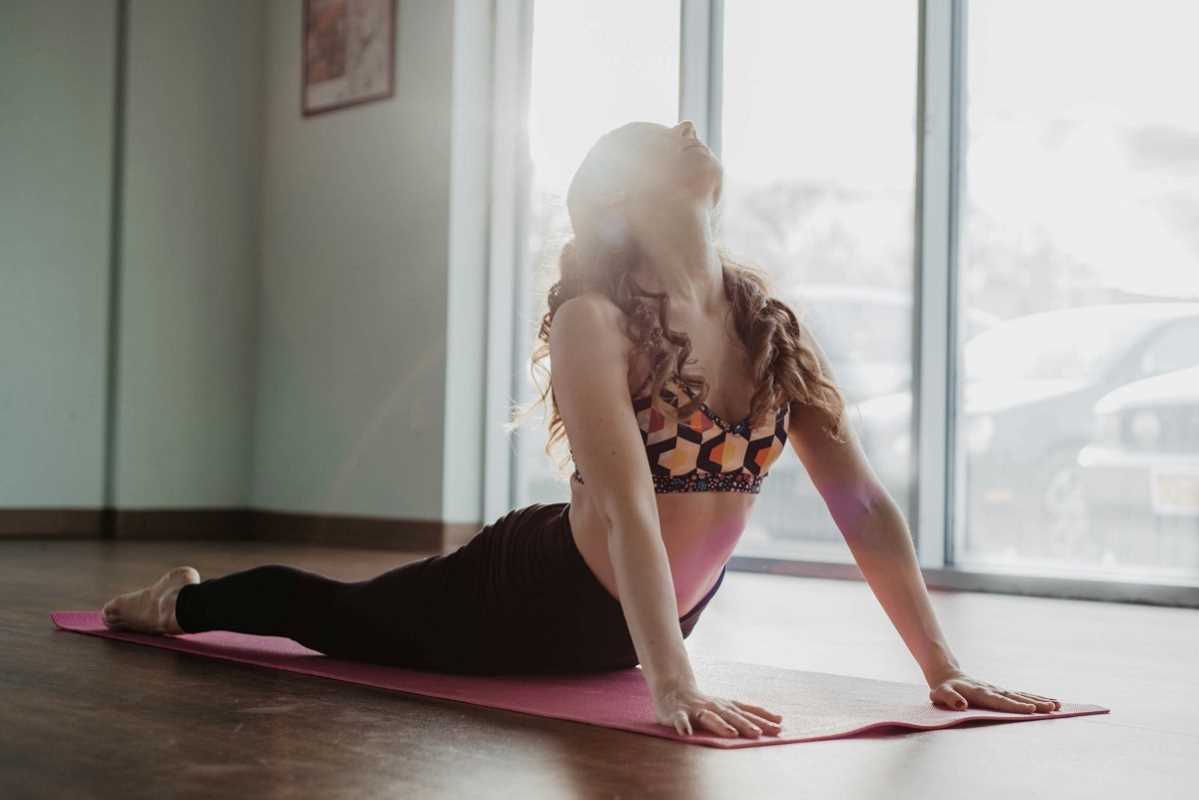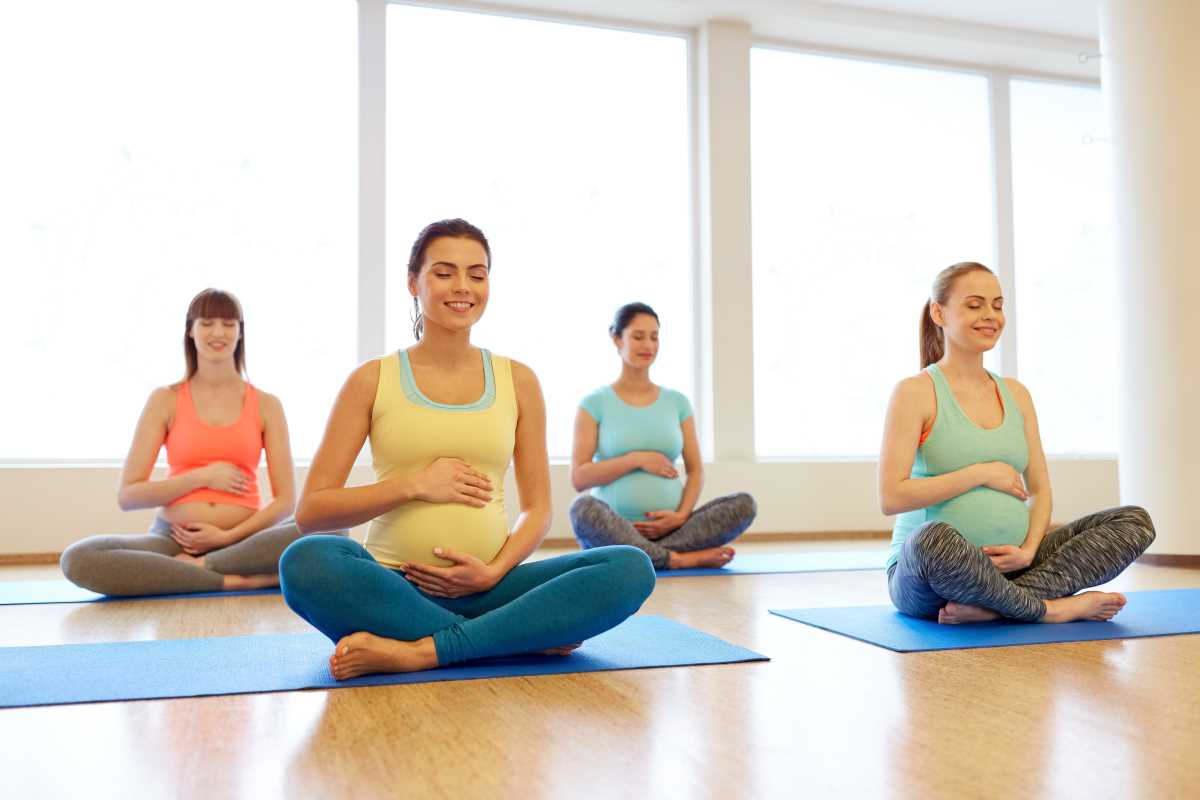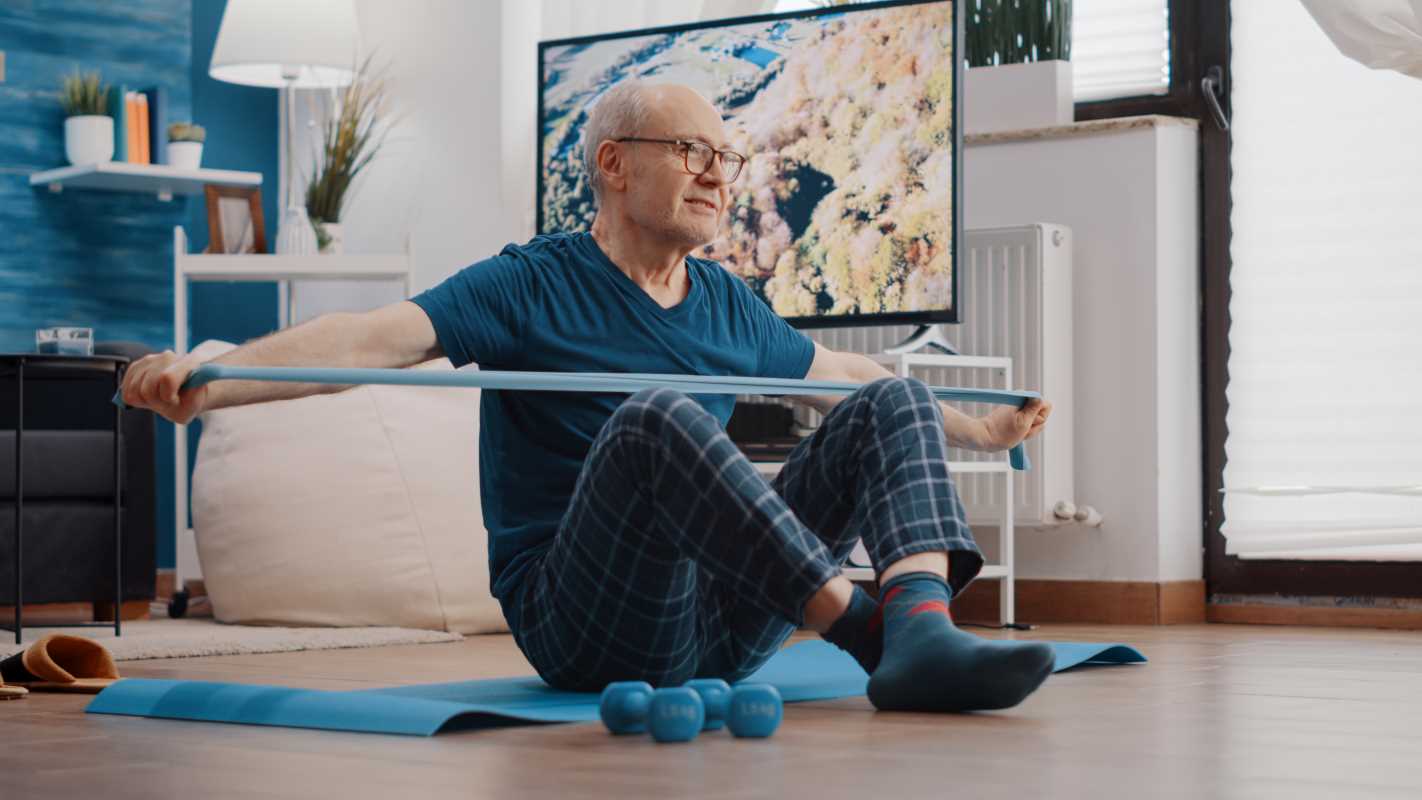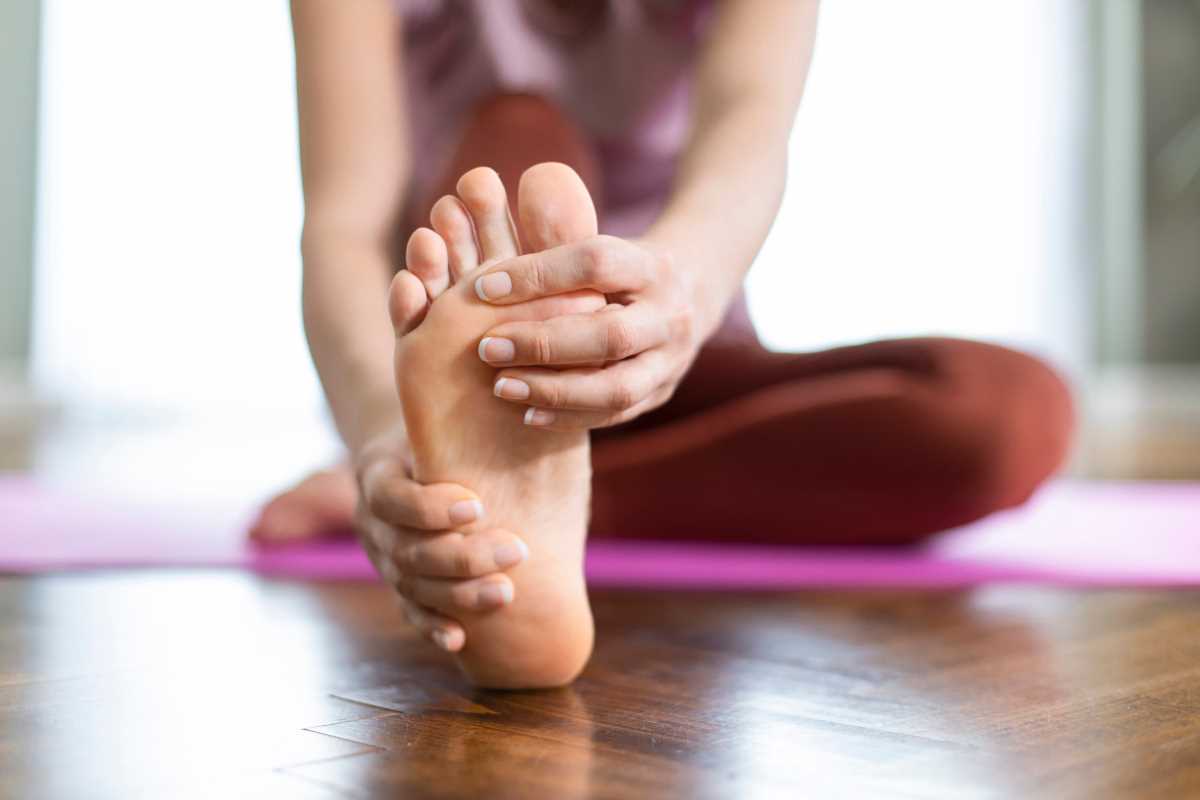Living with multiple sclerosis (MS) often means dealing with unique physical challenges, including muscle weakness, fatigue, and coordination difficulties. Staying active with the right strengthening exercises can improve day-to-day function, increase mobility, and support a better quality of life. Strengthening muscles allows the body to compensate for the physical toll of MS, focusing on stability, balance, and endurance. For those living with early-stage MS or advanced symptoms, specific exercises can be adapted to help regain a little strength. We'll walk you through targeted strengthening movements designed to help people with MS safely and effectively engage their muscles. These exercises serve as tools for improving strength and confidence without placing undue strain on the body.
1. Seated Leg Lifts
Seated leg lifts strengthen the quadriceps (thigh muscles) and improve stability.
- How to do it: Sit in a sturdy chair with your back straight and feet flat on the floor. Extend one leg straight out in front, hold for 5 seconds, and lower it back down. Switch to the other leg.
- Repetitions: 8–12 lifts per leg.
- How It Helps: Strengthens the thigh muscles to improve balance and make walking or standing easier.
This exercise is also a great way to engage muscles without putting pressure on the knees or joints.
2. Wall Push-Ups
Wall push-ups are a simple way to build upper body and core strength without the effort of floor push-ups.
- How to do it: Stand facing a wall and place your hands flat on it at shoulder height. Step your feet back slightly. Bend your elbows to bring your chest toward the wall, then push back to the starting position.
- Repetitions: 8–10 push-ups.
- How It Helps: Works the chest, shoulders, and triceps, which can improve overall upper body strength for activities like carrying groceries or pushing a door.
The gentle nature of this exercise makes it a great starting point for building endurance.
3. Bridges
Bridges target the glutes and lower back, promoting better posture and hip stability.
- How to do it: Lie on your back with knees bent and feet flat on the floor. Press through your heels and lift your hips toward the ceiling, creating a straight line from shoulders to knees. Hold for a few seconds and lower back down.
- Repetitions: 10–12 repetitions.
- How It Helps: Strengthens the glutes, hamstrings, and lower back, which supports walking and reduces discomfort during sitting.
Controlled movement is key to avoid overexertion, so you can benefit from improved muscle support.
4. Sit-to-Stand Exercises
Sit-to-stand exercises focus on lower body strength and improve the ability to perform everyday movements.
- How to do it: Sit in a sturdy chair with feet flat on the floor. Lean forward slightly, engage your core, and push through your legs to stand. Slowly sit back down.
- Repetitions: Start with 8–10 and build up gradually.
- How It Helps: Builds leg strength and coordination, which helps with standing, walking, and transferring in and out of chairs or cars.
This movement mirrors real-life actions and can make daily tasks much easier.
5. Resistance Band Rows
Rows using resistance bands strengthen the back, shoulders, and arms.
- How to do it: Sit in a chair or stand with good posture. Hold the resistance band with both hands, anchor it in front of you (around a doorknob or sturdy object), and pull the band toward your torso while squeezing the shoulder blades together. Slowly release.
- Repetitions: 8–12 repetitions.
- How It Helps: Builds muscle strength to improve mobility in the upper back and arms.
This exercise is especially helpful for reducing tension caused by hunching over.
6. Heel Raises
Heel raises target the calves, which are essential for walking and balance.
- How to do it: Stand behind a chair and hold the backrest for support. Lift your heels off the ground, rising onto your toes, then lower back down.
- Repetitions: 10–15 repetitions.
- How It Helps: Strengthens the calf muscles and enhances balance, promoting steadier movement and reducing fall risk.
Adding this simple exercise to a routine provides noticeable benefits for stability.
7. Side Leg Lifts
Side leg lifts strengthen the hips and outer thighs, improving balance and side-to-side movement.
- How to do it: Stand tall, holding onto a wall or chair for support. Slowly lift one leg out to the side, keeping the foot flexed. Lower it back down and repeat with the other leg.
- Repetitions: 8–10 lifts per leg.
- How It Helps: Improves hip stability and strengthens muscles that help reduce the risk of falls.
Side leg lifts are key for maintaining balance during activities like walking on uneven surfaces.
8. Plank on Knees
Knee planks strengthen the core and engage arms and shoulders.
- How to do it: Get into a plank position with knees on the floor and hands directly under your shoulders. Keep your back straight and hold for 10–20 seconds.
- Repetitions: 3–5 rounds.
- How It Helps: Builds core strength to support balance and posture, reducing strain on the lower back.
Starting with shorter holds lets you build endurance without overexertion.
Helpful Tips for Strength Training with MS
- Start with small, achievable goals to avoid fatigue and frustration. Work your way up if you want to do something more intense.
- Incorporate plenty of rest between exercises, especially on tough days.
- Focus on controlled breathing throughout movements to reduce tension.
- Include gentle stretches before and after your routine to avoid stiffness.
- Always consult a medical professional or physical therapist for tailored guidance.
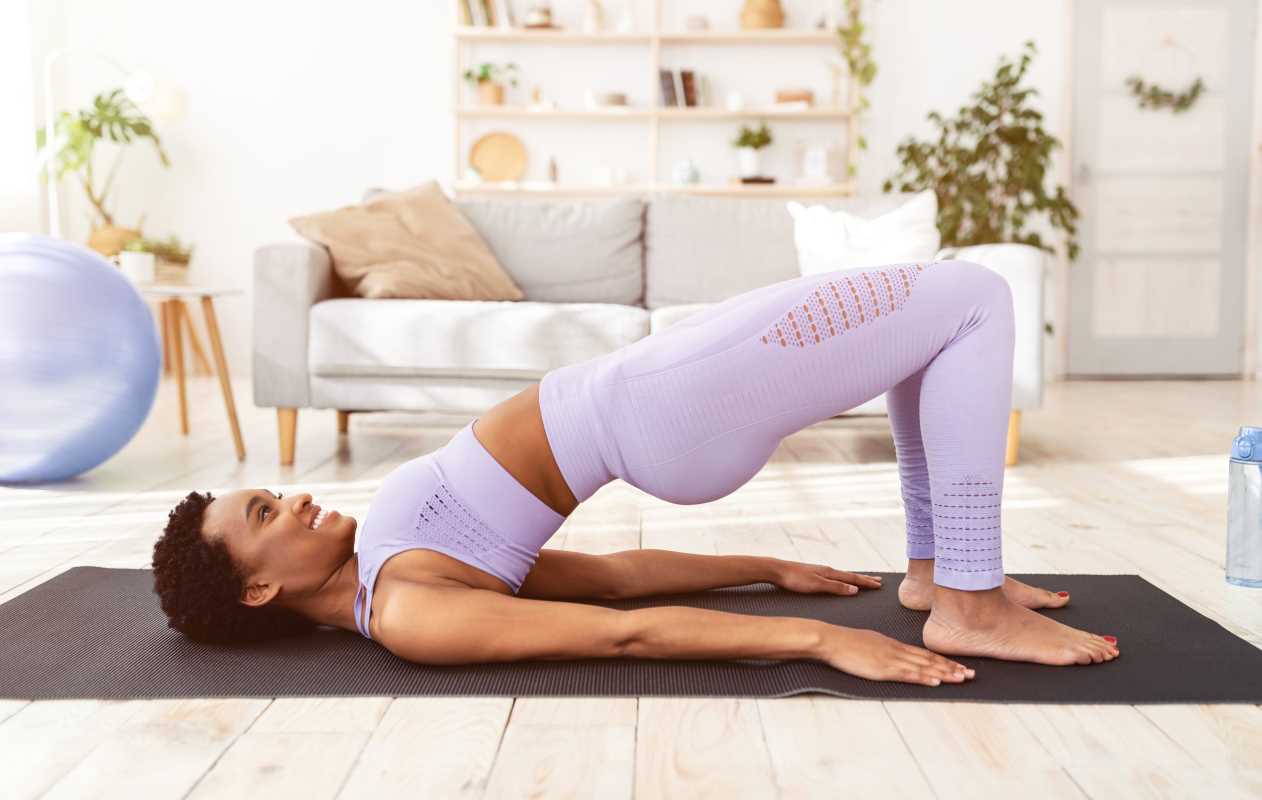 (Image via
(Image via